A documentary video is shown upon arrival. (It is the same one shown at the Little Bighorn Battlefield Park.) It provides an excellent overview of the factors leading up to the battle and the aftermath.
Unfortunately, the museum does not permit any photography, but below are the highlights from our perspective:
- Large collection of portrait photographs by D. F. Barry.
- He was the only photographer that took pictures of the Native Americans and 7th Cavalry before and after the battle (well, those who survived...)
- The collection includes photographs of such notable individuals as: Sitting Bull (Sioux), Lt. Col. Custer, Chief Gall (Sioux), Goes Ahead (Crow Scout), Two Moons (Cheyenne), Major Reno, Rain in the Face (Sioux), Col. Banteen, Chief Joseph (Nez Pierce), and many, many others.
- Native American artifacts of interest:
- Little Wolf's battle-worn, eagle-feather, war bonnet
- War clubs and peace pipes
- Battle vintage beaded clothing
- Sioux war shirt with human hair scalp locks
- Contract between Sitting Bull and Buffalo Bill Wild West Show for Sitting Bull's appearance in the show (he only did this for one year)
- Sitting Bull's death mask
- And lots more...
- 7th Calvary artifacts:
- Lock of Custer's hair
- Letters to/from Custer's wife
- Captain Tom W. Custer's Kerr revolver (found in the battlefield)
- Custer's life insurance policy policy with New York Life. The beneficiary was his wife, for the amount of $5,000. In today's economy that would equivalent to $500,000.
- Calvary spurs, knives, rifles, revolvers
- Photo of Custer and his commanding officers prior to the battle.
There is also a large gift shop with an excellent book selection, many Native American pieces, and other souvenir items.
The granite Tomb of the Unknown Soldier is located in front the museum. It is the burial site of one of the first casualties in the Little Bighorn Battle. The skeletal remains were found during the construction of Interstate 90 ... which is located adjacent to the land where the Native American encampment was in 1876.
The Tomb was dedicated in 1926 during the "Burial of the Hatchet Ceremony" at the 50th anniversary of the Battle of Little Bighorn. The ceremony was conducted by White Bull (Sioux) and General Godfrey (U.S. Army) in front of 50,000 observers.
Behind the tomb is the granite Peace Memorial that was dedicated on the 125th anniversary of the Battle.
The granite Tomb of the Unknown Soldier is located in front the museum. It is the burial site of one of the first casualties in the Little Bighorn Battle. The skeletal remains were found during the construction of Interstate 90 ... which is located adjacent to the land where the Native American encampment was in 1876.
The Tomb was dedicated in 1926 during the "Burial of the Hatchet Ceremony" at the 50th anniversary of the Battle of Little Bighorn. The ceremony was conducted by White Bull (Sioux) and General Godfrey (U.S. Army) in front of 50,000 observers.
Behind the tomb is the granite Peace Memorial that was dedicated on the 125th anniversary of the Battle.
Bust of Sitting Bull (on the left of the monument).
Bust of Lt. Col. George A. Custer (on the right).
Admission to the museum is $7.50/adults. We thought is was worth the price to see these important historical artifacts.
Bust of Lt. Col. George A. Custer (on the right).
Admission to the museum is $7.50/adults. We thought is was worth the price to see these important historical artifacts.
Website: www.custermuseum.org
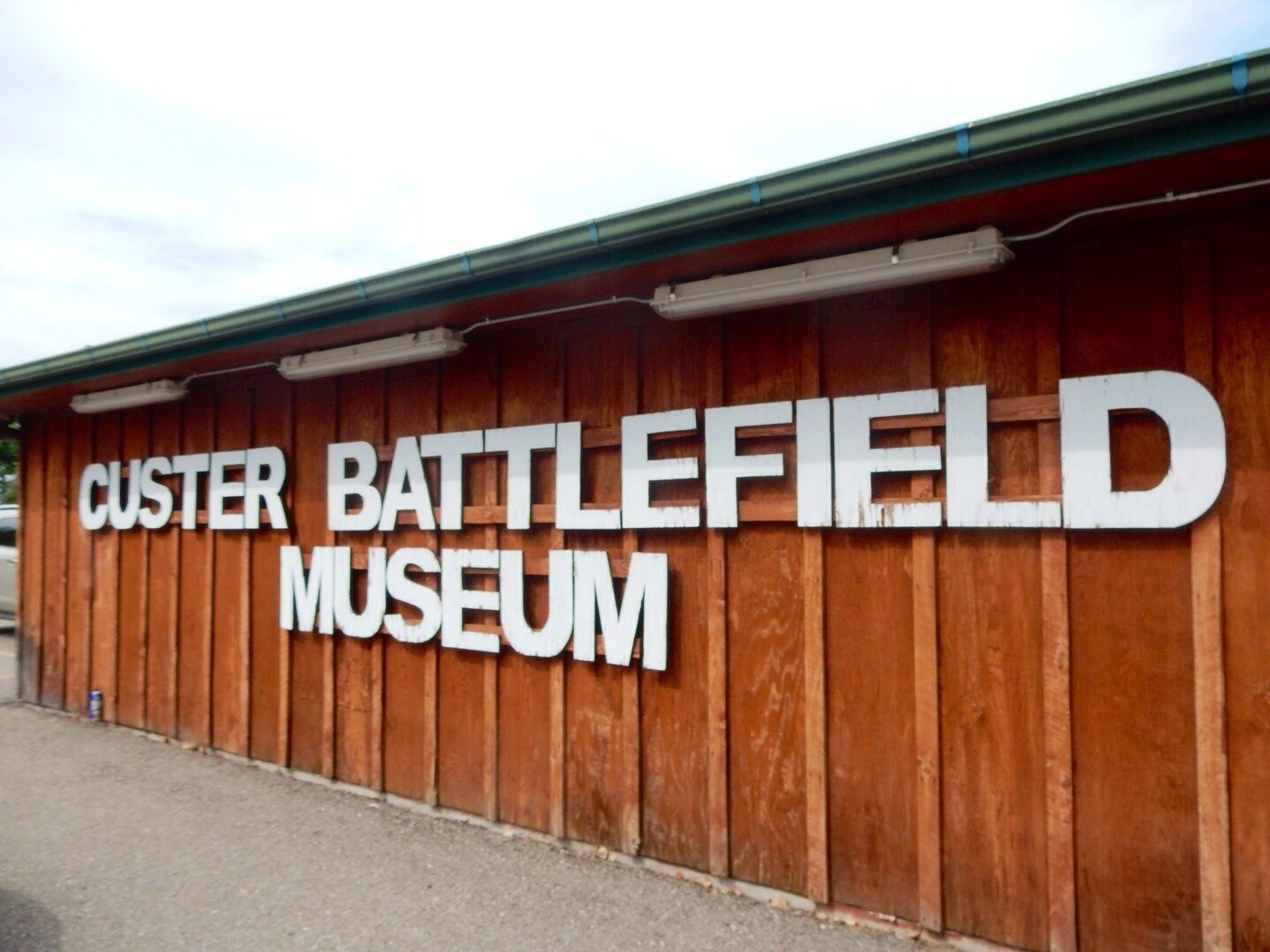
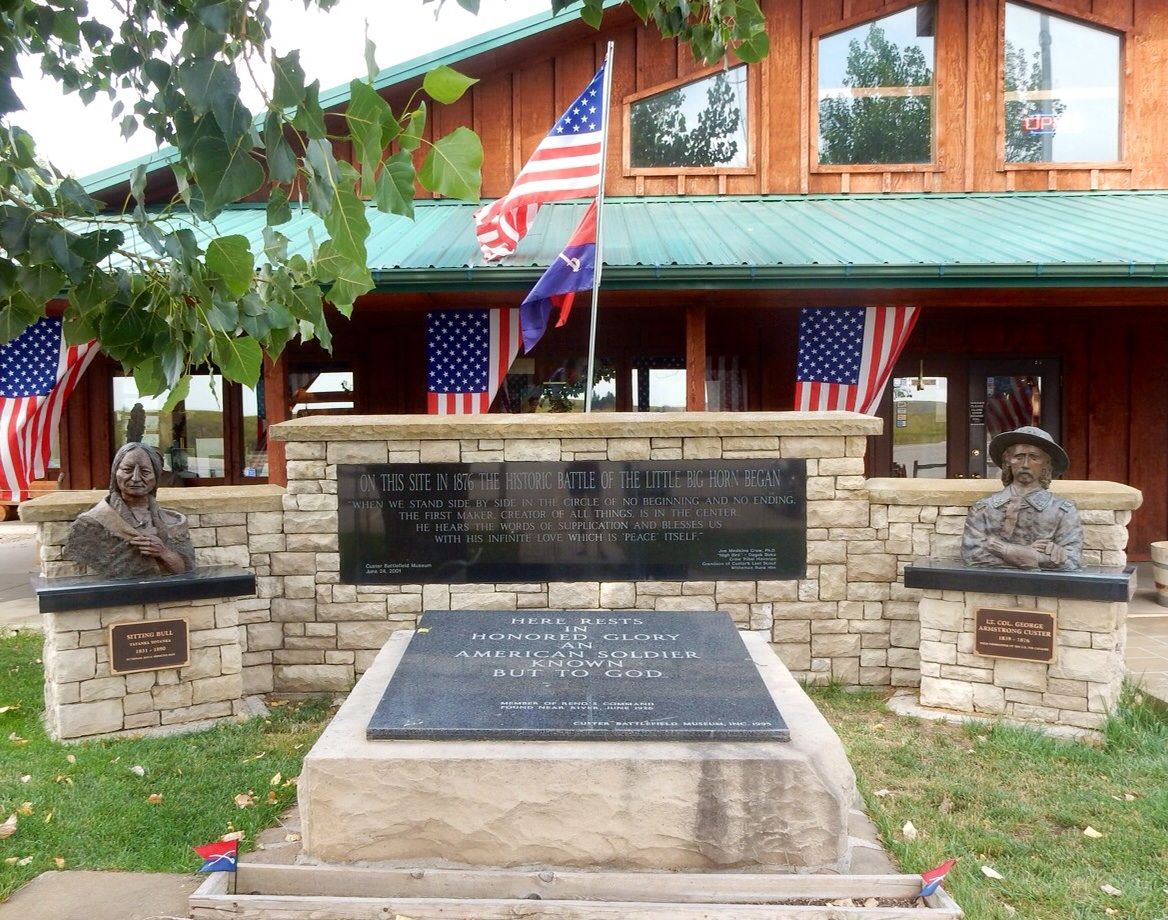
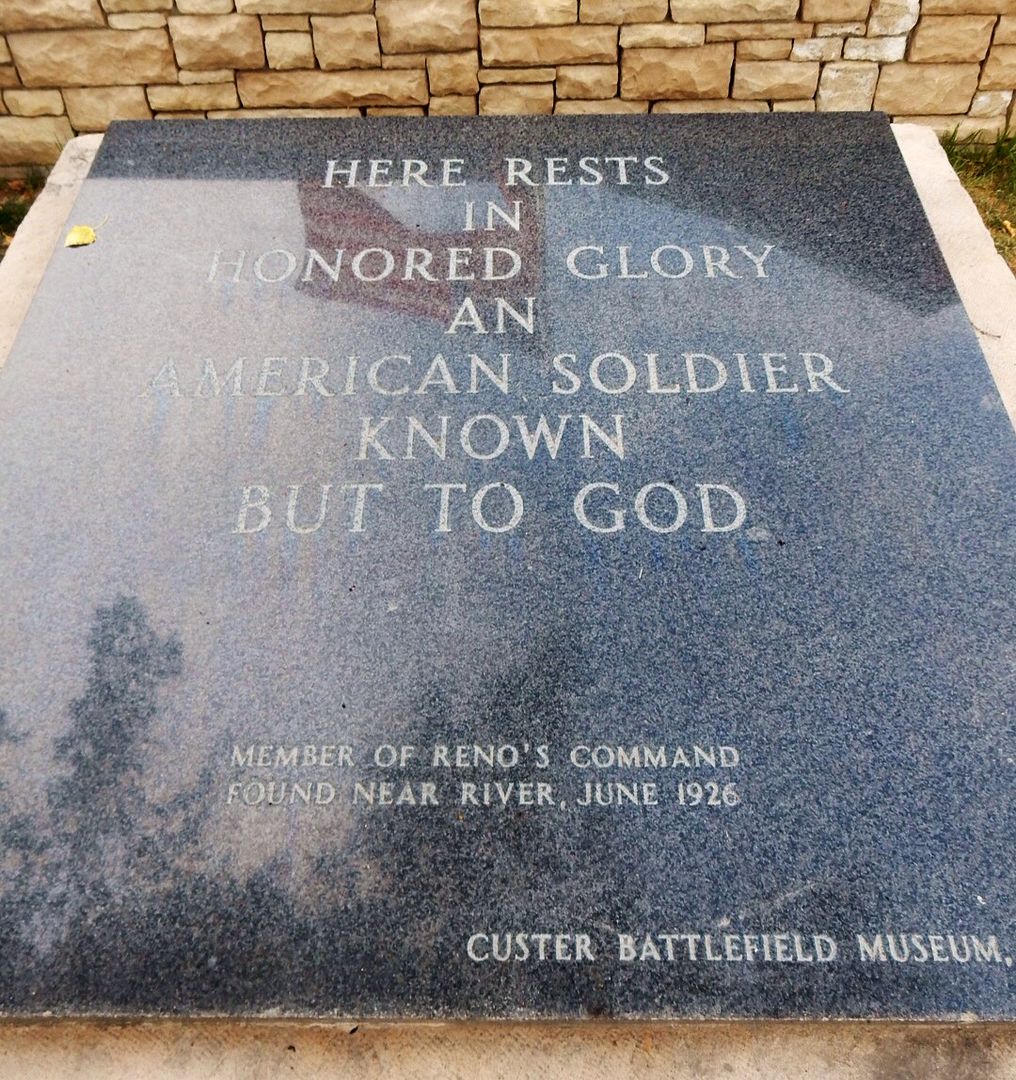

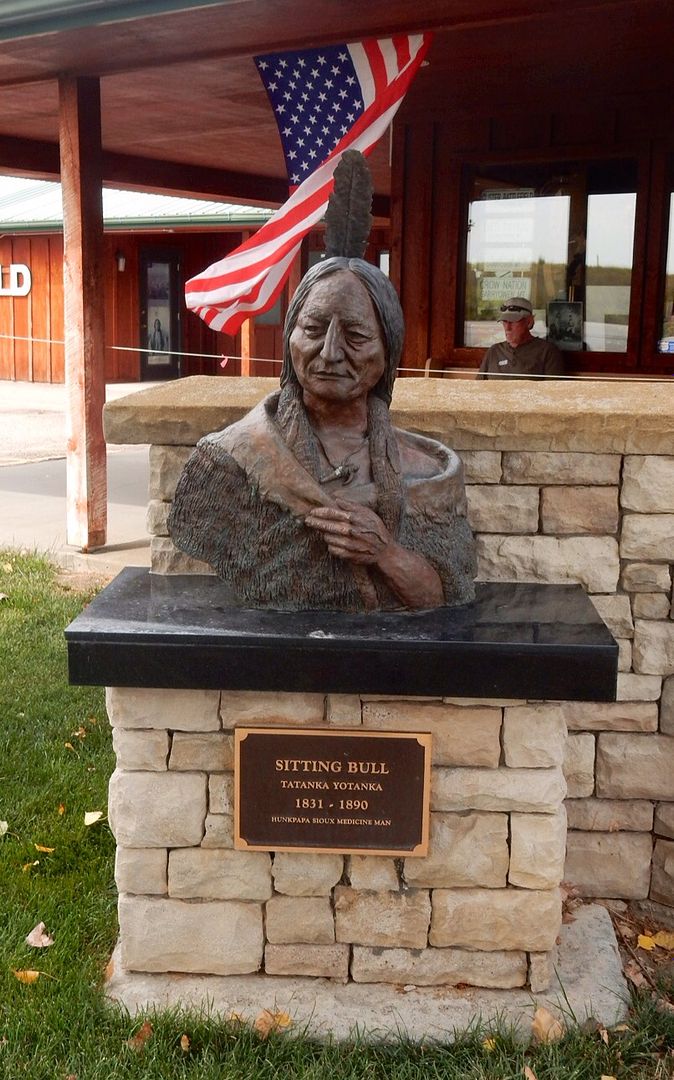
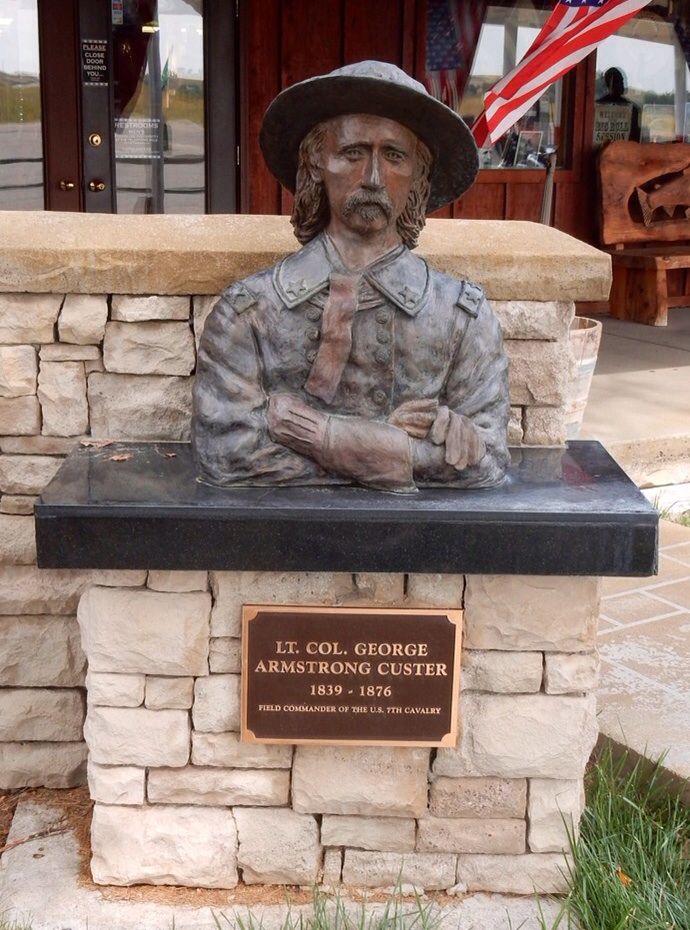
No comments:
Post a Comment